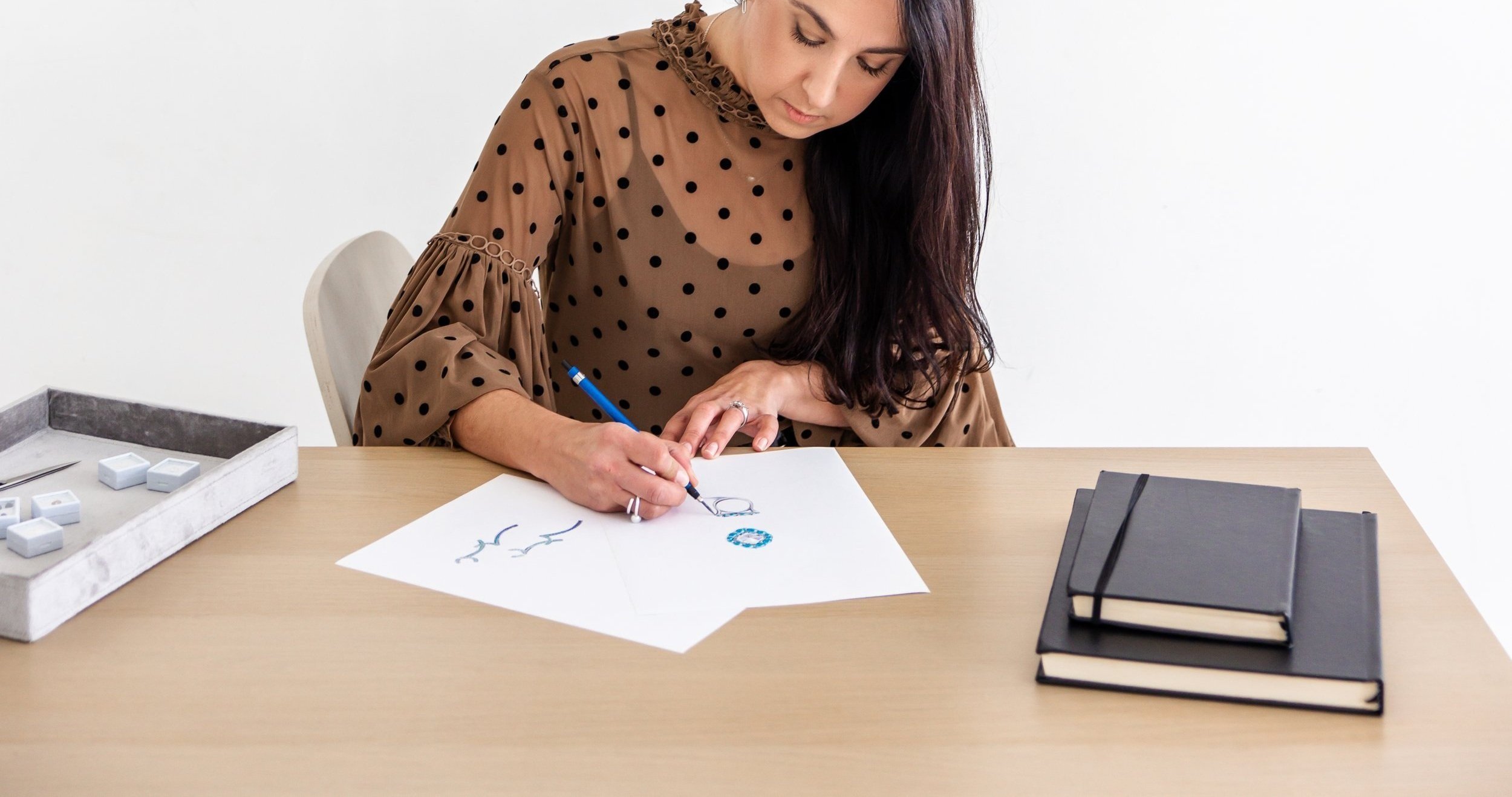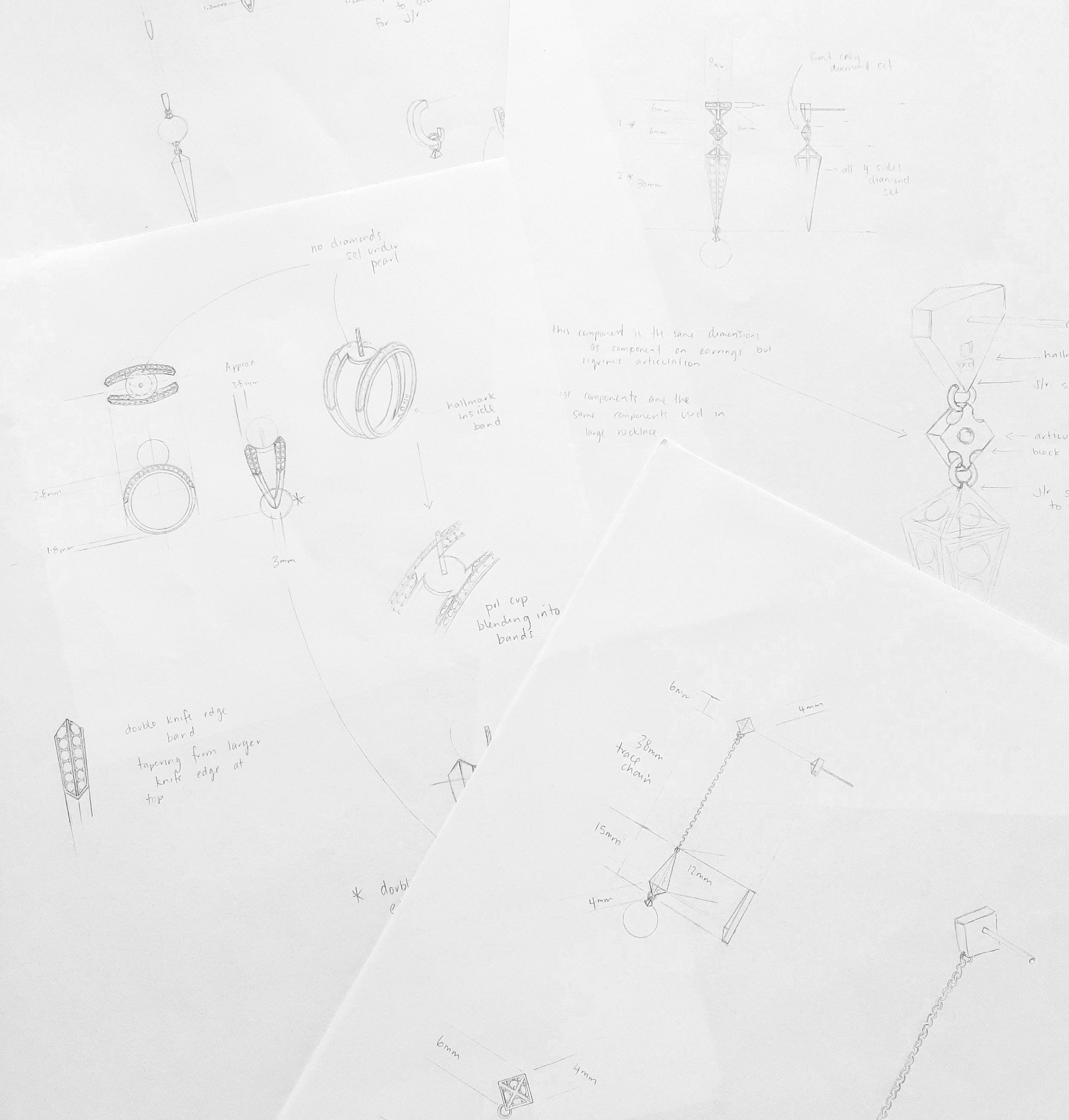Inspiration Is Everywhere. If You Train Your Eyes to See It.
Most people think inspiration comes in grand gestures, a breathtaking landscape, a masterpiece in a museum, a revolutionary design concept. But the truth is, the real magic hides in the overlooked, the seemingly insignificant details that the average person walks past every day without noticing.
It’s in the chipped paint on a weathered wall, revealing layers of color that no designer could intentionally create. It’s in the way light bends through a scratched glass surface, casting distorted shadows that could become the blueprint of a new jewellery collection. The way fabric drapes imperfectly, the way a leaf curls as it dries, the uneven spacing of raindrops on concrete. These are the moments where innovation lives.
Life isn’t always about holidays and beautiful quiet moments. There is always messy, long to do list that never ends. We exist with others and life pulls at our time and provides a world of uncontrollable changes. So we can’t stop and wait. The most beautiful things are found in the chaos of boring chores; grocery shopping lines and preparing meals for family and friends.
For me, as a mum my day is filled with activities for my little boy (like a trip to Scitech - because he is obsessed with that place) and while this takes me away from the design desk I’m still collecting inspiration while we experiment with the exhibit (see photos below) I’m taking mental notes and pictures as we explore ideas and interactions, capturing anything I can be inspired by. I also find inspiration while watching my little boy interact or discover things, because viewing things from his perspective removes my adult biases and lets me see things a little differently. This might look like capturing images of even words so I’ll then refer to these details later and run them through my design filter when I have time.
As a designer, you must train yourself to see, not just look. Instead of rushing past the mundane, pause. Observe the textures, the irregularities, the interplay of light and shadow. Let your mind make unexpected connections. Ask yourself……what would this pattern look like in metal? How could this distortion translate into shape?
Its about tearing down traditional ideas of waiting for inspiration to strike and make your own by looking around and seeing the beauty in the very second you are in. The right now, whatever that may look like!
The best designs don’t come from chasing inspiration. They come from seeing what’s already in front of you, just differently.





















































